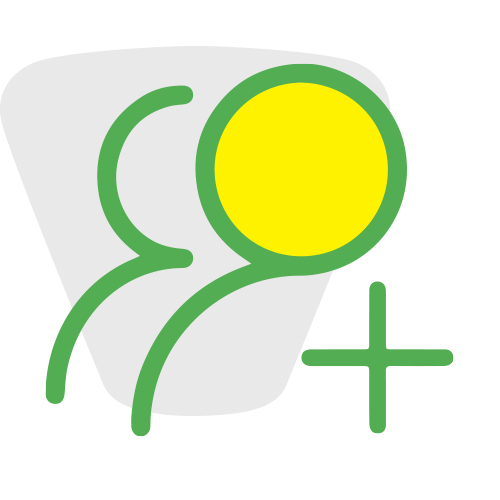The smaller molecules that come together to form polymers are called monomers—small units that link together over and over to form a large polymer. Think of monomers like paper clips that link together to form a polymer chain. Polymers are many monomers linked together.
Some raw materials (feedstocks) used to make plastics include crude oil, natural gas, corn, sugar cane or castor beans
To make plastics, chemists and chemical engineers must do the following on an industrial scale:
(From How Stuff Works1)
First, they must start with various raw materials that make up the monomers. Ethylene and propylene, for example, can come from crude oil, which contains the hydrocarbons that make up the monomers. The hydrocarbon raw materials are obtained from the "cracking process" used in refining oil and natural gas. Once various hydrocarbons are obtained from cracking, they are chemically processed to make monomers used in plastics.
Next, the monomers undergo polymerization reactions in large polymerization plants. The reactions produce polymer resins, which are collected and further processed. Processing can include the addition of plasticizers, dyes, and flame-retardant chemicals. The final polymer resins are usually in the forms of pellets or beads, sometimes called nurdles.
Finally, the polymer resins are used to manufacture plastic products. They are heated, molded, and allowed to cool. There are several processes involved in this stage, depending upon the type of product.
- Extrusion: Pellets are heated and mechanically mixed in a long chamber, forced through a specifically shaped opening (a die), and cooled with air or water. Extrusion is part of several manufacturing processes. This method is used to make plastic films.
- Injection molding: The resin pellets are heated and mechanically mixed in a chamber and then forced under high pressure into a cooled mold. This process is used for many consumer goods e.g., cell phone cases.
- Blow molding: This technique is used in conjunction with extrusion. In one process, the resin pellets are heated, and the molten plastic is dropped into a mold, compressed air gets blown into the mold. The air expands the hot plastic against the walls of the mold forming a bottle or hollow item. This process is used to make plastic bottles.
- Rotational molding: The resin pellets are heated and cooled in a mold that can be rotated in three dimensions. The rotation evenly distributes the plastic along the walls of the mold. This technique is used to make large, hollow plastic items (toys, furniture, sporting equipment, septic tanks, garbage cans and kayaks).
Outcome: Students understand that plastics are made up of monomers joined together to form polymers.
1 Craig Freudenrich, P. D. (2020, January 27). How plastics work. HowStuffWorks Science. Retrieved September 7, 2022, from https://science.howstuffworks.com/plastic5.htm













.jpg)
.jpg)
.jpg)

.jpg)
